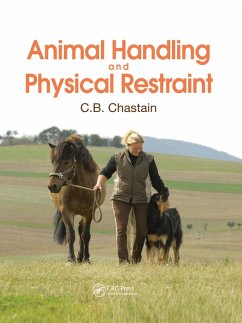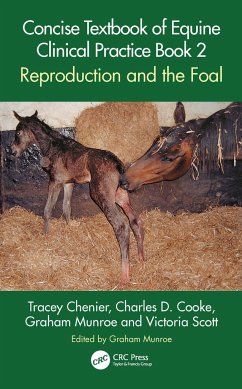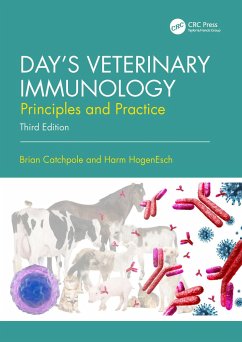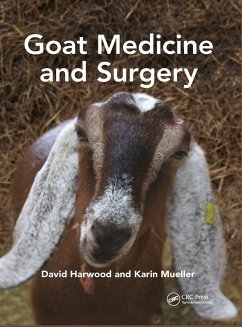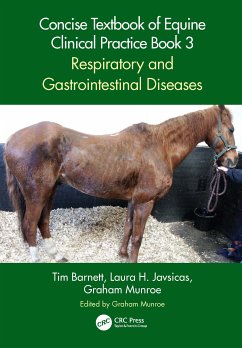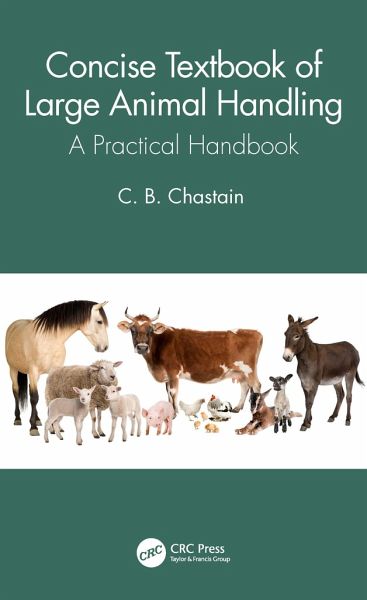
C. B. Chastain (Univ. of Missouri, College of Veterinary Medicine,
Broschiertes Buch
Concise Textbook of Large Animal Handling
A Practical Handbook
Versandkostenfrei!
Versandfertig in 2-4 Wochen

PAYBACK Punkte
31 °P sammeln!




This instructional book provides a portable, durable, beside-the-animal means of learning, as well as a convenient way to refresh on how to strive for safety and efficacy in animal handling techniques. It is ideal for use during veterinary placements in all settings from farm to laboratory, to riding school.
C.B. Chastain is a professor emeritus and adjunct professor of veterinary medicine and former Section Head of Small Animal Medicine and Associate Dean for Academic Affairs at the University of Missouri. He also has been on faculty at Iowa State University and Louisiana State University. In addition to being a Diplomate of the American College of Veterinary Internal Medicine, he has authored journal articles, book chapters in veterinary medical and allied publications, and textbooks on clinical endocrinology and animal handling and physical restraint. Prior to entering academic veterinary medicine, he was a horse wrangler for a horseback-riding stable and a licensed guide in Rocky Mountain National Park, Colorado; worked in mixed animal veterinary medical practices in Missouri, Illinois, and New Mexico; and a captain in the U.S. Air Force Veterinary Corps. He has handled, restrained, and trained a variety of animals in differing environments and taught aspects of animal handling for more than 40 years at the undergraduate and professional school levels. Currently, he is a professor and consultant for Veterinary Online Programs at the University of Missouri.
Produktdetails
- Verlag: Taylor & Francis Ltd
- Seitenzahl: 300
- Erscheinungstermin: 14. Juni 2023
- Englisch
- Abmessung: 170mm x 238mm x 22mm
- Gewicht: 604g
- ISBN-13: 9780367628093
- ISBN-10: 0367628090
- Artikelnr.: 67263628
Herstellerkennzeichnung
Libri GmbH
Europaallee 1
36244 Bad Hersfeld
gpsr@libri.de
Für dieses Produkt wurde noch keine Bewertung abgegeben. Wir würden uns sehr freuen, wenn du die erste Bewertung schreibst!
Eine Bewertung schreiben
Eine Bewertung schreiben
Andere Kunden interessierten sich für


